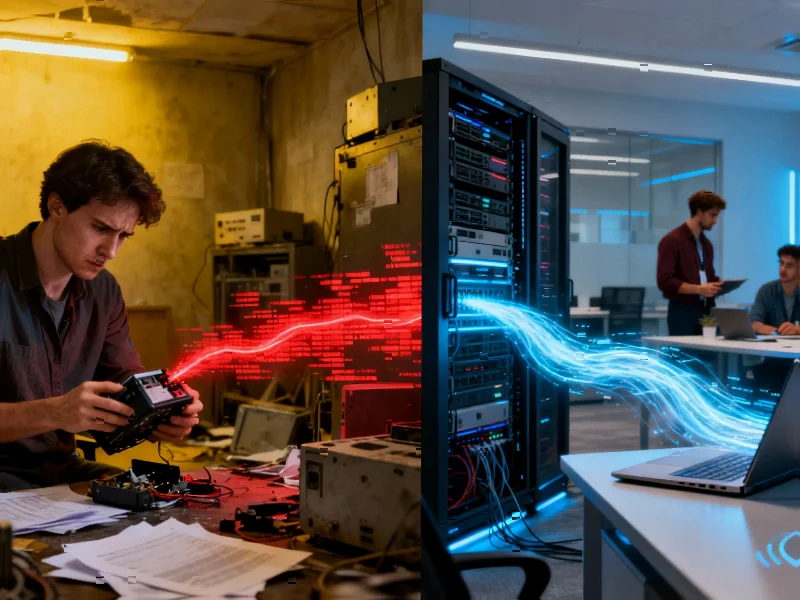According to The Economist, a new startup called Preventive emerged in late October with plans to create gene-edited human embryos using CRISPR technology. Founder Lucas Harrington claims to have raised $30 million from tech billionaires including Coinbase CEO Brian Armstrong and Sam Altman’s husband Oliver Mulherin. The company joins others like Manhattan Genomics and Bootstrap Bio in pursuing what’s become one of medicine’s most controversial frontiers. Preventive says it will initially focus on safety research with the ultimate goal of preventing severe genetic diseases. This marks a significant shift from the 2018 scandal involving Chinese scientist He Jiankui, moving the conversation from rogue actors to well-funded Silicon Valley ventures.
Why embryo editing anyway?
Here’s the thing – current gene therapies like Casgevy for sickle-cell disease are incredibly complex and expensive. We’re talking about collecting a patient’s stem cells, shipping them to a lab for editing, then transplanting them back into bone marrow. The whole process costs around $2 million per treatment and is physically grueling for patients. Embryo editing theoretically solves these delivery problems by making genetic fixes at the single-cell stage, before an embryo starts developing. Harrington estimates this could bring costs down to just $5,000 per embryo. Basically, you’re fixing the genetic issue before the body even forms, and those corrections get copied into every new cell as the embryo grows.
The massive safety concerns
But there‘s a huge “if” hanging over all this. CRISPR works by breaking DNA’s double helix, relying on the cell’s repair mechanisms to fix it. The problem? We don’t really know how well human embryos handle these repairs. Sometimes breaks don’t get fixed properly, or DNA ends pair up in weird ways creating new mutations. Even scarier – many genes aren’t well understood enough to guarantee that fixing one problem won’t accidentally create another. And here’s the real kicker: edits made in embryos become part of that person’s reproductive cells. That means any mistakes get passed down to future generations permanently. We’re talking about changing the human gene pool with unpredictable consequences.
The designer baby slippery slope
Now, Harrington says Preventive will only focus on severe diseases. But let’s be real – how long until someone decides to engineer protective variants against cancer or dementia? Or eventually promise edits for appearance or intelligence? The technical leap from disease prevention to enhancement isn’t that big. And Silicon Valley’s “move fast and break things” mentality doesn’t exactly inspire confidence when we’re talking about human genetics. As developmental biologist Robin Lovell-Badge put it, “You can’t do that with humans.” Meanwhile, it’s actually illegal for the FDA to even consider embryo editing trials in the US, which raises questions about where these experiments would actually happen.
When tech money meets biology
What’s really striking here is the shift in funding and attitude. We’ve moved from a rogue scientist operating in secret to well-capitalized startups with celebrity tech backers. These billionaires seem to believe that if we have the capability to edit embryos, we have an obligation to use it. But biology isn’t software – you can’t just push an update when something goes wrong. The fact that newer techniques like base editing (which doesn’t fully break the DNA helix) are showing promise might eventually weaken scientific resistance. Still, the combination of massive tech money, controversial science, and ethical minefields makes this one of the most consequential developments in biotechnology today.



